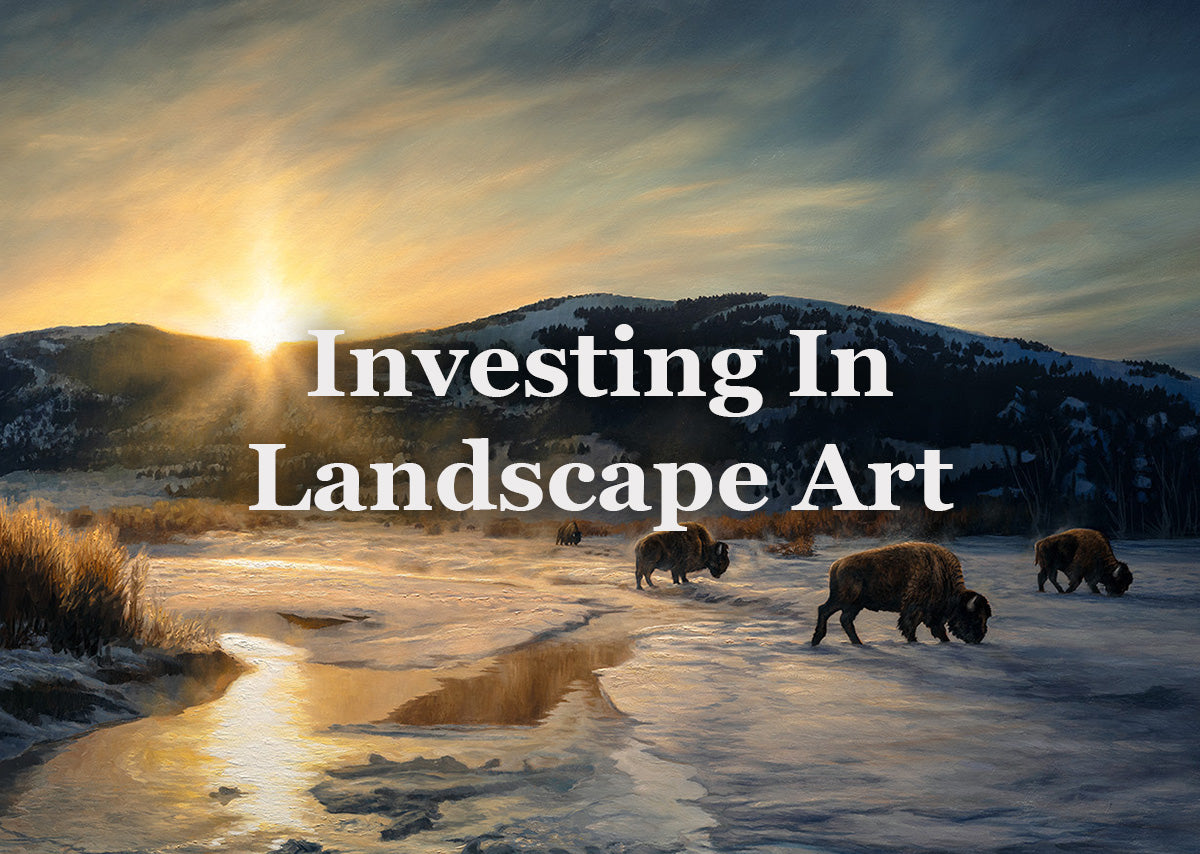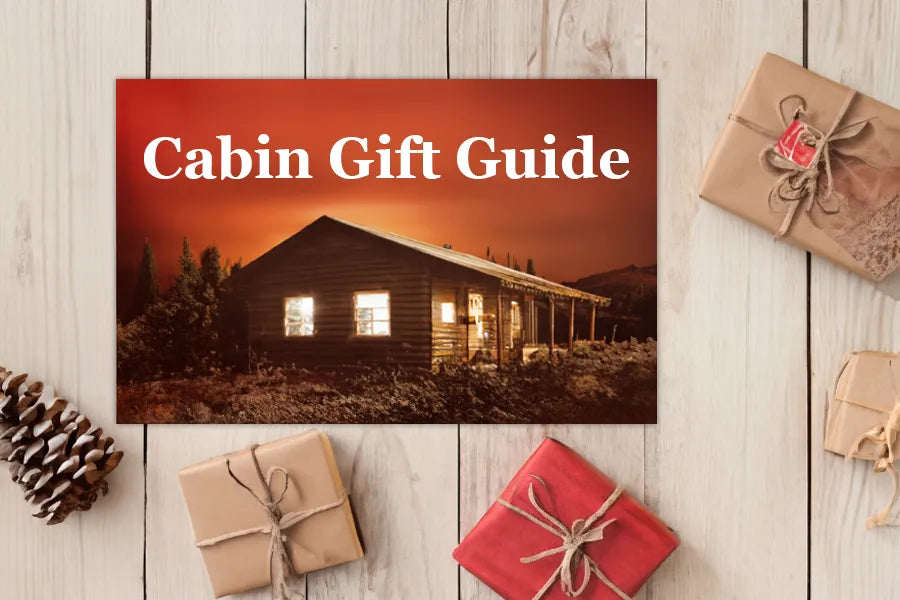This blog is supported through the affiliate links below
7 Tips for Realistic Animal Portraits: Painting Wildlife with Perfection
As an artist who has spent countless hours observing and painting wildlife, I understand the challenges and joys of capturing the beauty of our natural world. Painting wildlife can be a rewarding but also challenging experience. Striving to depict the unique characteristics and personalities of each animal is what I really love. In this article, I'll share some tips on how to get started painting wildlife and how to bring your animal art to life.

Note: This blog contains affiliate links and purchasing through them supports our site at no extra cost to you.
-
Research Your Subject: Before you start painting, take some time to research your subject. Study photographs, watch videos, and observe the animal in its natural habitat if possible. This will give you a better understanding of the animal's anatomy, behavior, and unique features, which will be crucial in creating a realistic painting.
This can be harder than it sounds of course. It's important to know that it can take years of observing and sketching wildlife subjects before you truly understand how to capture their anatomy correctly. So my one piece of advice is don't sweat it, we all start from the beginning. Time, patience, and practice will determine how far you can go with it.
-
Choose the Right Medium: When it comes to painting wildlife, there are many different mediums to choose from, including oil, acrylic, watercolor, gouache, and pastel. Each medium has its unique properties and advantages, so choose one that suits your style and preferences.
For this, I suggest trying out all of these mediums and seeing how they work for you. It is a lot less about the perfect type of paint and more about what fits your style as an individual artist.
- Practice Your Brushstrokes: To capture wildlife realistically, you need to be able to paint with precision and accuracy. Practice your brushstrokes on a separate panel or canvas to perfect your technique. Better yet, work on simple studies of all the animals you like painting most. Experiment with different brush sizes, strokes, and pressure to create a variety of textures and effects during these studies. Remember we cannot perform a symphony without rehearsing. My favorite brush to use for wildlife is this dagger brush.
-
Create a Focal Point: When painting wildlife, it's essential to create a focal point that draws the viewer's eye. This could be the animal's eyes, nose, or any other distinctive feature. Using light and shadow to create this depth is often the best way to accomplish this.

- Pay Attention to Detail: To create a realistic painting, you need to pay attention to the details. Observe the animal's texture, patterns, and movement, and try to capture these nuances in your painting. Don't forget to add small details like whiskers, fur, or feathers, as they can make a significant difference in the final result. A lot of beginner painters and artists forget about the direction of the fur and the length of the hairs. So be sure to take your time and study what you see.
- Practice Patience: Painting wildlife takes time and patience. Don't rush the process, and take breaks if you need to. Allowing your painting to dry completely before adding additional layers or details is a good way to start out. As you improve, you'll become more confident with your brushstrokes and be able to paint more within fewer layers. Remember that it's okay to make mistakes and that each painting is a learning experience.

The hard truth is that there's no one piece of advice that will unlock the magic for you. You have to endure the lows before you can break through to higher levels of wildlife painting. But hopefully this article has given you some things to consider and ideas to ponder when it comes to your approach to animals.
Grow Your Painting Skills and Resources
Instant access to 1000s of royalty-free reference photos of landscapes and wildlife as well as step by step oil painting videos. Checkout My Memberships for more info.

I'm Chuck Black, landscape and wildlife artist based in Southwest Montana.




